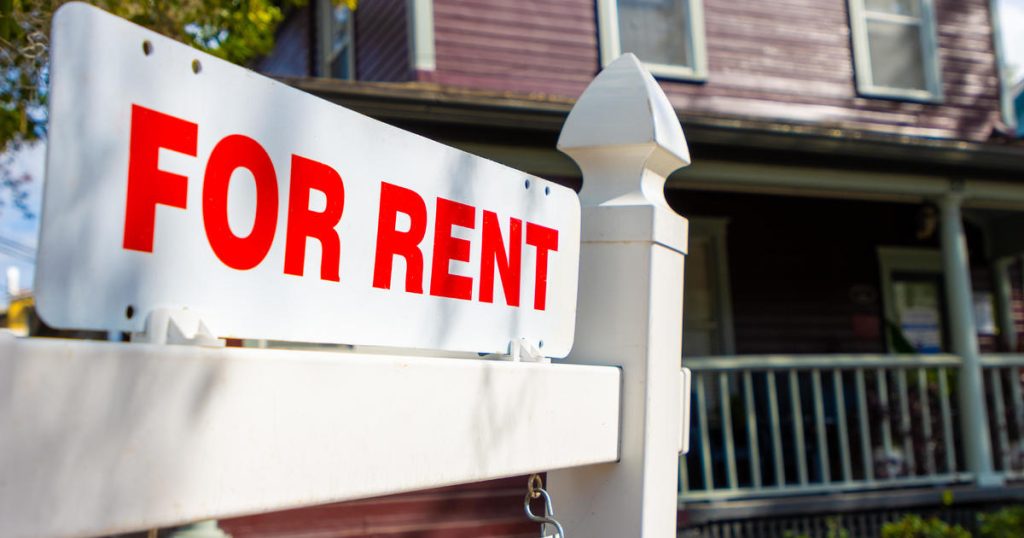The Federal Reserve is facing challenges in taming inflation, particularly due to high housing and rent costs that are impacting household budgets across the U.S. Despite efforts to push up interest rates to combat inflation, the CPI in April rose 3.4% from a year ago, higher than the Fed’s target of 2%. Fed Chair Jerome Powell has expressed uncertainty about the effectiveness of these measures in reducing inflation, indicating a lack of progress in the central bank’s campaign.
One of the primary drivers of inflation is the housing sector, contributing about one-third of the CPI and expected to remain a challenge for the Fed in the coming years. As a result, the Fed has held off on cutting interest rates until more progress is made on inflation, keeping borrowing costs high, including mortgage rates that have reached a 20-year high. The shelter component of the CPI captures the price shock faced by renters who are moving into new apartments, leading to significant increases in housing costs for some individuals.
While there are signs that rents are cooling in certain areas due to the construction of new rental units in recent years, it may take time for this data to reflect in the CPI. The monthly rent for a typical 1-bedroom apartment in the U.S. was $1,486 in April, showing a slight decrease from the previous year. However, the cooling rental market may not immediately impact the CPI, as many renters who have remained in lower-cost housing are now transitioning to market-rate apartments, keeping overall costs elevated.
The CPI has limitations in tracking housing costs, as it does not include home prices and instead measures owners’ equivalent rent to determine homeownership costs. This poses challenges for first-time buyers looking to purchase a home, as their mortgage costs are not subject to the housing market’s pricing fluctuations. The delay in cutting interest rates by the Fed could be contributing to persistent housing inflation, impacting prospective homebuyers who may be priced out of the market and forced back into the rental market.
Economists are emphasizing the complexities involved in altering interest rates and their impact on various aspects of the economy, including housing costs. The Fed’s cautious approach to rate cuts reflects uncertainty about the timing and effectiveness of such measures in addressing inflation. As the battle against inflation continues, policymakers and economists will need to closely monitor housing trends and rental market dynamics to determine the best strategies for managing the economy.


